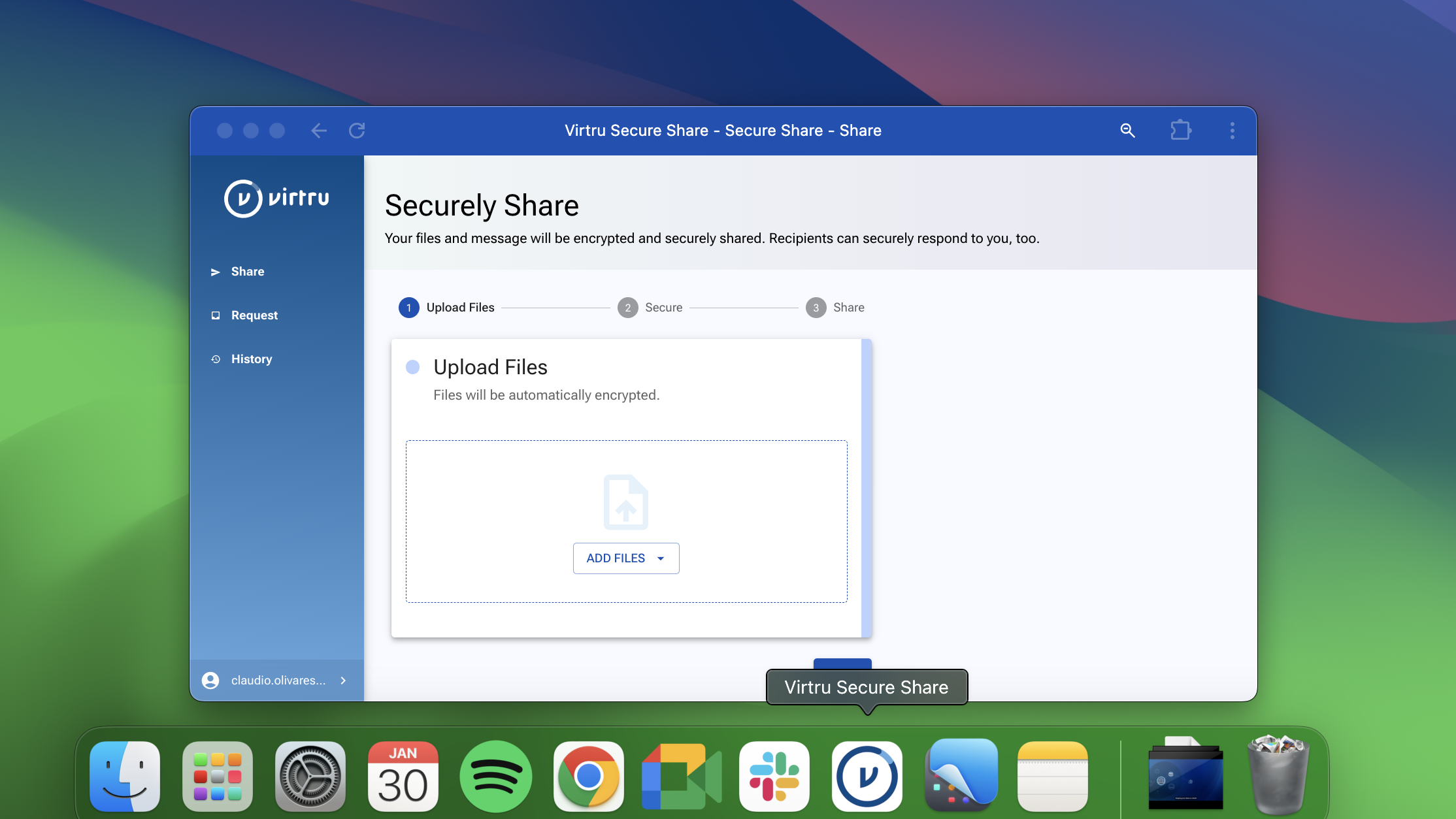4 Ways To Combat Toxic Tech Culture


Every industry comes with its fair share of perks, quirks, benefits and baggage. In recent years, the tech and software industries have accrued the scarlet letter T for toxic. Why is that? And how can we collectively help combat it?
Why Are Some Tech Companies Considered “Toxic”?
Some are burnout factories. While tech companies are widely thought to be the beacon of innovation, it can come at a cost to the employees rowing the boat. Burnout in tech has been a major issue even before the pandemic or great resignation. Widely recognized as “hustle culture,” the long hours, lack of true time off on the weekends, and sacrificed personal time adds up after a while–and employees are speaking out about it.
Some are not equipped with checks and balances. Trials, tribulations, and controversy have befallen many major tech CEOs in recent years, to the point where a dark cloud hangs over the industry as a whole. Leaders are a vital microphone for a company’s mission, and their attitudes and values trickle down through company policy. If there is no system of checks and balances in place to hold everyone in the company accountable, a company can risk everything by allowing bad behavior and poor culture to thrive.
“It’s so important to be transparent,” says Conley Henderson McIntyre, Virtru's Director of People. “And to create an environment where leadership can provide context behind decision making, along with providing teammates a vehicle to provide feedback.”
Virtru uses 360 reviews through Lattice, with that it allows for team members to give feedback upward as well as allowing managers to provide feedback downward.
Some are homogenous. It’s no secret that many companies in the technology and software industries skew male and white. This fact was acknowledged broadly in 2014, and the industry has struggled to close the gap in the past decade. A lack of diversity in an organization can create a non-inclusive environment for those who find themselves one of few — or the only person — who doesn’t fit in with the crowd, whether they’re the only woman, person of color, LGBTQ+, or disabled individual in the room.
“It’s important to create a work environment where people can bring their whole self to work,” says Henderson McIntyre. “It allows employees to feel more comfortable contributing, and build trust with management. Cultivating a healthy environment that welcomes all people and perspectives allows teams to better innovate, whether that be on the product side or the company culture side.”
First: No Company Culture Is Perfect.
No company can claim to be void of any toxicity — and we don't claim this at Virtru. However, we can strive to put concrete, intentional systems in place that make employees feel safe, considered, and empowered. In the words of McIntyre, “Culture is far more than ping pong, beer in the office, and snacks.”
Concrete Actions To Create a Healthy Work Culture
1. Make Remote-First a Standard
The debate over remote work has notoriously reached a head in recent months with the recall of employees back to the office by major players in tech like Meta (Facebook), Tesla, Alphabet (Google), and more. The demand for in-office work tends to come from the C-suite. According to a Future Forum Pulse Report, employees are more than four times more likely than executives to want to work remotely full time.
While many companies attempt to sugar the rim with fancy lunches, merch, events, and even private concerts, those efforts only go so far. Requiring employees to come into the office against their wishes may cultivate resentment, not productivity.
Making remote work a standard will not only allow tech companies to dip into a wider talent pool, but also combat toxic tech culture by empowering employees to work on their own terms. Here are a few ways that remote work can promote positive tech work culture:
-
- Helps in affirming your LGBTQ+ staff. For many queer tech workers, remote work provides safety in multiple ways–like allowing them to remain geographically in communities that are safe for them. Additionally, many transgender employees herald remote work as a way for them to transition in private, or more comfortably express their identity without unwanted scrutiny or intrusion from colleagues.
-
- Gives employees relief during inflation. Particularly for tech and SaaS companies located on the West coast, the rate of inflation on gas and cost of living is staggering in light of world events and economic instability. Giving employees the ability to work remotely enables them to save money by avoiding travel expenses–potentially up to $4,000 worth.
-
- Lowers the risk of spreading illnesses. There’s a reason that most tech employees were sent home during the pandemic, and it’s because isolation is vital to avoiding common viral illnesses like COVID-19, the flu, or others.
-
- Provides accommodations for disabled staff. The ability to work from home provides more opportunity for employees with invisible or visible disabilities, as it offers some built-in accommodations that aren’t available in-office. Additionally, employees who choose not to disclose their disabilities will have the benefit of privacy and the ability to maintain their workload in the place that’s most accommodating to them.
- Supports your parent or caregiver staff members. To say the pandemic has been challenging for caregivers is a colossal understatement, particularly as they juggle the risks of illness with securing childcare, manage the complexities of hybrid schooling, and navigate sudden school closures. Giving caregivers more flexibility gives them greater peace of mind and more mental bandwidth to meet their family’s needs.
2. Implement Anonymous Recruitment Practices
While there is a definite need for employees in marginalized groups to be heard in DE&I efforts, that shouldn’t be where it stops. Employees of all marginalized groups should be represented in all facets of the business, from engineering to customer success, to marketing, and so on.
There are a mountain of ways to make your organization a safer space for marginalized groups, and you can start by eliminating biased recruiting practices.
One popular approach is to anonymize incoming applications by removing identity indicators. Virtru uses a platform called Hired, which eliminates a candidate’s name, images, and gendered identifiers on first-round applications. Once interview candidates are chosen, recruiters complete first-round conversations over the phone to eliminate visual bias.
It’s worth noting that this process is not perfect: That’s why expert recruiters on our team and in the Human Resources industry are always searching for ways to improve it. Over the phone, it may be possible for recruiters to identify or make assumptions about a candidate’s gender.
Some professionals have raised using chat models as a way to vet first-round candidates, to eliminate bias from a telephone interview. Potential solutions are endless, and it’s absolutely vital to be flexible and vigilant in making the interview process safe with minimal bias.
3. Frequently Gather Feedback from Your Employee Base
The early pandemic in 2020 amassed a “great awakening” among many working-class individuals, not just in tech. With a hot job market, people slowly began to mobilize and resign from their positions in search of employers with a demonstrated investment in their employees’ mental and physical health, as well as fair compensation.
The Great Resignation, however, goes beyond the challenge of employee retention. It’s also about ensuring that your employee base accurately represents the communities that your company serves.
This requires companies to keep their finger on the pulse of their employee demographics, and levels of satisfaction. Yes, that means frequent employee surveys–and surveys that are actually anonymous.
At Virtru, we use our own open standard Trusted Data Format to encrypt employee surveys. This ensures that our diversity surveys remain completely anonymous by removing any details that could tie results to an individual.
In addition to guaranteeing anonymity, surveys must be done regularly. At Virtru, survey questionnaires are done twice a year, and adapt to investigate any new company developments or internal trends to ensure every important issue is being addressed. Following each survey, Virtru’s DE&I Council releases a report on the survey, to address changes and actionable items that materialize from survey trends.
4. Recognize That the Work Is Never Over
Virtru’s employee-led DE&I Council is dedicated to continuously strengthening inclusivity and a sense of belonging for all employees at Virtru. In an annual Diversity Survey Report, drafted in summer 2021, Virtru’s DE&I Council identifies its efforts as “transformational” instead of “transactional.”
“We will continue our efforts to be a more diverse and equitable workplace. We are committed to inclusion as well as fostering a sense of belonging for all of our teammates.”
Fostering a positive workplace in tech is about more than just ping pong tables and free lunch. It’s about having a deep and unflinching sense of respect for your employees and the richly diverse experiences and circumstances they represent.
Our Work to Improve the Tech Industry Continues — Join Us!
In the late 90s, the tech industry boomed because of deeply curious individuals who never stopped questioning how they could make something better. In the 2020s, let’s extend that to work culture and create a brighter future for tech, together.
To learn more about life and opportunities at Virtru, take a look at our careers.

Shelby Imes
Shelby is the Manager of Content Strategy at Virtru with a specialty in SEO, social media, and digital campaigns. She has produced content for major players in healthcare, home services, broadcast media, and now data security.
View more posts by Shelby ImesSee Virtru In Action
Sign Up for the Virtru Newsletter










